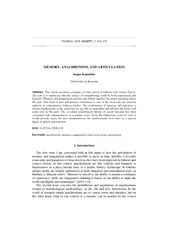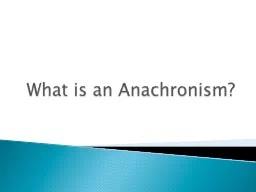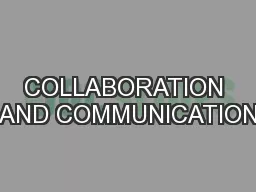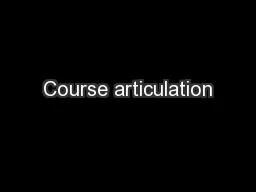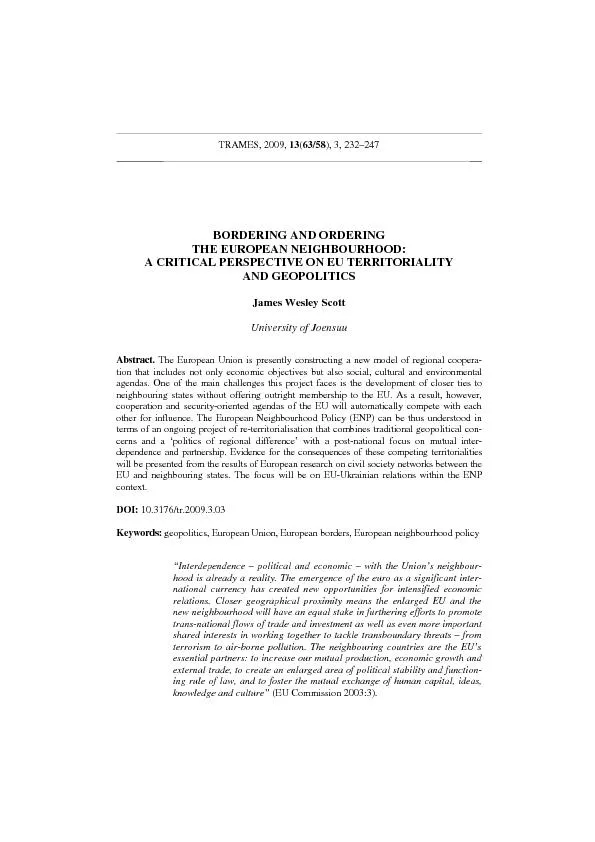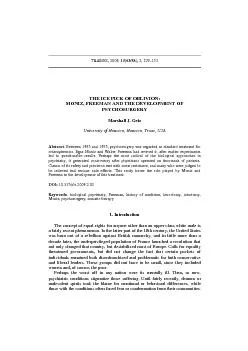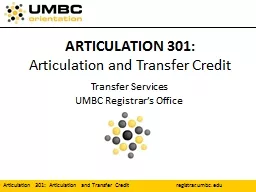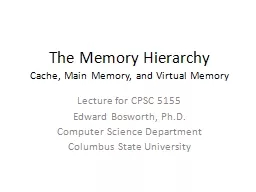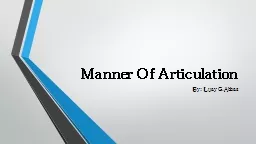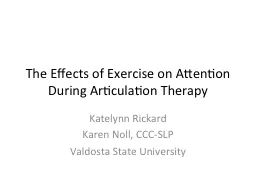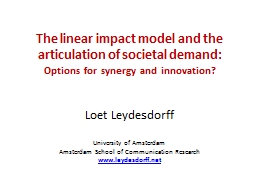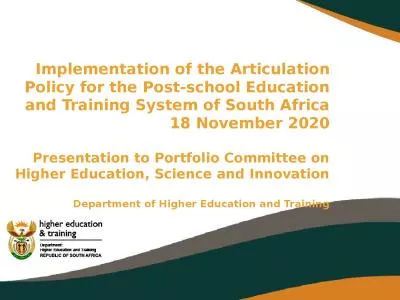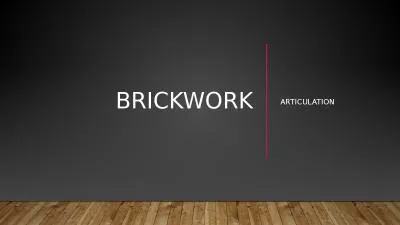PDF-TRAMES MEMORY ANACHRONISM AND ARTICULATION Sepp
Author : luanne-stotts | Published Date : 2015-04-28
This article examines examples of time travel in folklore and science fiction The aim is to emphasize that the subject of remembering could be both experienced and
Presentation Embed Code
Download Presentation
Download Presentation The PPT/PDF document "TRAMES MEMORY ANACHRONISM AND ART..." is the property of its rightful owner. Permission is granted to download and print the materials on this website for personal, non-commercial use only, and to display it on your personal computer provided you do not modify the materials and that you retain all copyright notices contained in the materials. By downloading content from our website, you accept the terms of this agreement.
TRAMES MEMORY ANACHRONISM AND ARTICULATION Sepp: Transcript
Download Rules Of Document
"TRAMES MEMORY ANACHRONISM AND ARTICULATION Sepp"The content belongs to its owner. You may download and print it for personal use, without modification, and keep all copyright notices. By downloading, you agree to these terms.
Related Documents

